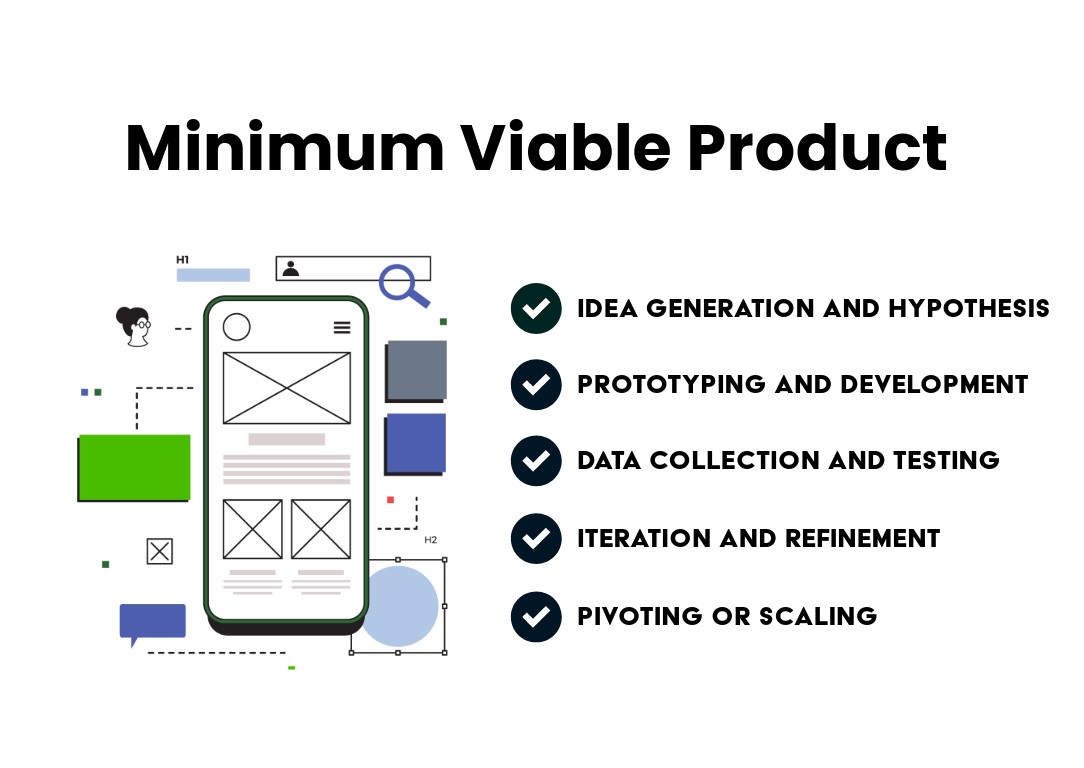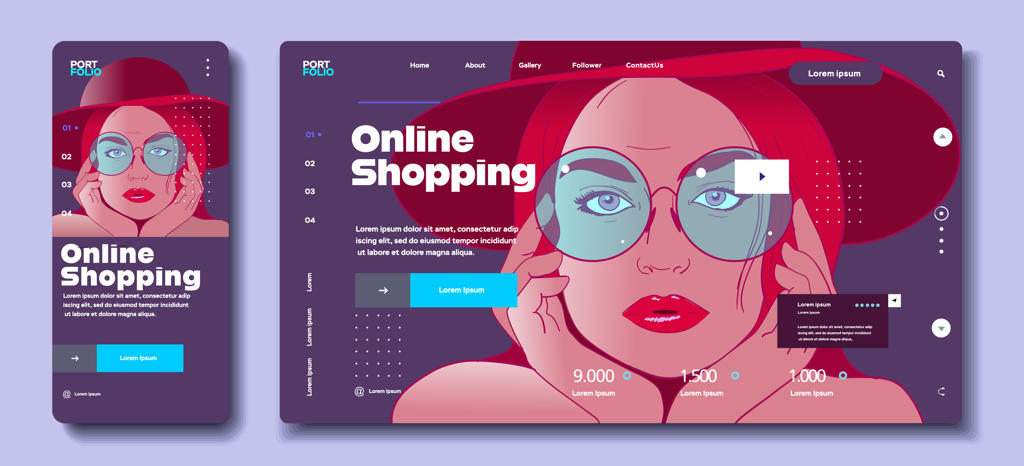Table of Contents
Overview of Minimum Viable Product
Imagine you have an idea for a new product. This idea is exciting, full of potential, and you believe it could change the world. However, before investing a significant amount of time and resources into developing a fully-fledged product, you need to test your idea to see if it resonates with your target audience. This is where the concept of a Minimum Viable Product, or MVP, comes into play. An MVP is the simplest, most basic version of your product that still delivers the core value to your users. It includes only the most essential features necessary to solve a problem or meet a need, allowing you to validate your product idea with minimal effort and cost. The goal of an MVP is not to create a perfect product from the start but to launch something functional that can provide immediate value and gather critical feedback from real users.
Creating an MVP is not a one-time event; it’s the beginning of an ongoing, iterative journey. This journey involves continuous learning, adaptation, and refinement based on user feedback and market demands. The process starts with an idea, identifying a problem or a need in the market, and brainstorming a potential solution. At this stage, it’s crucial to formulate a clear hypothesis about how your product will address this problem. This hypothesis will guide the development of your MVP.
5 Stages of an MVP
Idea Generation and Hypothesis
The narrative of Airbnb serves as a quintessential exemplar of this philosophy in action. What commenced as a rudimentary concept of “Air Bed & Breakfast,” offering travelers a simple inflatable mattress in Brian Chesky’s apartment, was rooted in a real, identifiable need. This unassuming solution, born out of a personal experience and insight into the challenges faced by travelers, laid the groundwork for what would evolve into a global phenomenon. It underscores the profound impact of starting with a basic, yet effective MVP that directly addresses a real-world problem, thereby setting the stage for iterative development and monumental growth. In the technological domain, where innovation is incessantly at the forefront, adhering to this disciplined approach of problem identification and market validation before diving into the depths of development is not just advisable; it is imperative. It is this meticulous, user-centric, and data-driven methodology that distinguishes fleeting ideas from transformative products that resonate with users and stand the test of time.
Prototyping and Development
Data Collection and Testing
The real magic happens when you put your MVP in the hands of users. Gather feedback through surveys, interviews, user testing sessions, and analytics tools. Analyze the data to understand user behavior, pain points, and suggestions for improvement. Buffer started with just its core “schedule & share” feature, gathering early adopter feedback to later evolve into a full-fledged social media management platform. Remember, user feedback is your golden ticket to identifying what resonates and what needs tweaking. Interviewing a lot of people opens up a lot of real data, and it’s this wealth of information that becomes pivotal when your Minimum Viable Product (MVP) transitions from concept to a tangible entity used by actual users. This stage is where the transformative potential of your MVP is truly unleashed, as direct user engagement provides a clear window into the product’s real-world application and effectiveness.
The process of gathering this feedback is multifaceted, employing a variety of methods including surveys, in-depth interviews, dedicated user testing sessions, and the strategic use of analytics tools to capture a wide spectrum of user interactions and responses. The essence of this feedback loop lies in its ability to offer a granular view of how users interact with your MVP, what challenges they encounter, what aspects they find most valuable, and where their needs might not be fully met. This list of insights allows product developers to decode complex user behaviors, identify specific pain points, and unearth actionable suggestions for refinement and enhancement of the product.
Consider, for example, the journey of a hypothetical startup that initially launched with a singular, focused feature designed to address a specific need within a larger ecosystem – akin to the “schedule & share” functionality in social media management. By placing this core feature at the heart of their MVP and actively soliciting feedback from early adopters, the startup could gather critical insights that informed its strategic decisions. This iterative cycle of feedback and development enabled the transformation of a simple tool into a comprehensive platform, adept at meeting a broad range of user needs within its domain. The pivotal role of user feedback in this process cannot be overstated. It acts as a beacon, guiding the product’s evolution by highlighting what truly resonates with the user base and pinpointing areas ripe for improvement. This continuous dialogue between users and developers fosters a product development environment that is responsive, dynamic, and user-centered. It’s through this meticulous process of gathering and analyzing user feedback that MVPs can evolve beyond their initial scope, gradually morphing into robust products that not only meet but exceed market expectations and user needs. Remember, in the realm of product development, user feedback is not just valuable; it’s your golden ticket to crafting solutions that truly make a difference in the lives of your users.
Iteration and Refinement of a Minimal Viable Product
This is where your MVP truly transforms. Based on user data and feedback, prioritize new features and improvements. Don’t be afraid to pivot if data suggests a different direction might be more successful. Instagram initially started as a location-based photo-sharing app called Burbn, eventually pivoting to its now-iconic image-centric format based on user preferences. Remember, iteration is key to creating a product that truly solves the user’s problem. Change is difficult when pivoting, especially in the dynamic landscape of product development, where the initial vision often undergoes significant transformation to align with user needs and market demands. This phase of reevaluation and adaptation is crucial for the evolution of your Minimum Viable Product (MVP). It is at this juncture that the gathered user data and feedback become the guiding light for the next steps in the product’s journey. The insights derived from your users’ experiences, preferences, and challenges should inform the prioritization of new features, enhancements, and potentially, significant shifts in the product’s direction.
As you sift through the feedback, it’s essential to remain open-minded and agile, recognizing that the path to the most impactful and successful version of your product may require bold decisions and strategic pivots. This process isn’t just about incremental changes; it’s about being receptive to the possibility that the data might reveal a need for a fundamental shift in approach to better serve your users’ needs. The story of Instagram’s evolution is a testament to the power of user-driven development. Originally conceived as Burbn, a location-based photo-sharing application, its creators noticed through user engagement that the photo-sharing aspect, particularly with filters, was the feature that resonated most strongly with their audience. This insight led to a significant pivot, stripping away many of Burbn’s original features to focus on the core functionality that users loved most, thereby giving birth to the Instagram we know today.
This narrative underscores the importance of iteration in the product development process. Iteration should be seen not just as a series of small tweaks but as a continuous loop of feedback, analysis, and refinement that can lead to substantial changes in the product’s form and function. The goal is to mold your MVP into a solution that not only addresses the user’s problem but does so in the most effective, efficient, and engaging manner possible. Embracing this iterative process, driven by real user data and feedback, ensures that your product remains relevant and continues to evolve in ways that meet and exceed user expectations. Remember, the journey from MVP to a fully realized product is not a straight line but a series of informed iterations that progressively refine and redefine the product to achieve the ultimate goal of solving the user’s problem in the best possible way.
Pivoting or Scaling a Minimum Viable Product
Evaluate the overall success of your MVP against your pre-defined goals. Based on the data and user feedback, decide to pivot your concept, scale your successful MVP, or sunset the project if its viability isn’t promising. Slack pivoted from a game developer to a communication platform for teams after realizing the potential of their internal communication tool. Remember, pivoting isn’t a failure; it’s a strategic adaptation to market realities. The moment change presents itself, opportunities start flowing. This rings especially true in the critical phase of evaluating the overall success of your Minimum Viable Product (MVP) against the set of pre-defined objectives you established at its inception. This evaluation is far more than a mere checkpoint; it is a comprehensive assessment that leverages both quantitative data and qualitative user feedback to paint a detailed picture of your MVP’s performance in the real world. This process is instrumental in informing the strategic decisions that lie ahead, whether that involves pivoting your concept, scaling your MVP to capitalize on its success, or making the tough decision to sunset the project if its long-term viability appears limited.
The decision to pivot, in particular, is a significant one and should not be viewed through the lens of failure. Instead, it is a proactive, strategic adaptation to the realities of the market and the needs of your users. A pivot can breathe new life into a project by redirecting its focus to a more promising or underserved area, based on the insights garnered during the MVP phase. The evolution of Slack serves as a paradigmatic example of such a strategic pivot. Originally a game development company, Slack’s creators recognized the untapped potential of their internal communication tool, which was initially developed to facilitate their own team’s collaboration. This realization prompted a pivotal shift in their business model, leading to the transformation of Slack into a widely adopted communication platform for teams worldwide.
Scaling your MVP is another path that emerges from a successful evaluation. When the data and user feedback overwhelmingly support the initial concept and demonstrate a clear market demand, scaling involves expanding the MVP’s features, enhancing its capabilities, and broadening its reach to capture a larger segment of the market. Conversely, the decision to sunset a project, while difficult, is sometimes the most prudent course of action. If the evaluation reveals that the MVP does not adequately solve the intended problem, fails to engage users, or lacks a sustainable market fit, sunsetting allows you to conserve resources and redirect your efforts towards more viable opportunities.
Bottom Line
When we started our company journey, we fell in love with the MVP cycle, a process that not only shaped our product but also fundamentally transformed our approach to innovation and development. The journey through the five stages of the Minimum Viable Product lifecycle—ideation, design and prototyping, validation, iteration and pivot, and finally, evaluation—has been a testament to the power of agility, user-centric design, and strategic adaptation in the face of market realities. From the initial spark of an idea to the tangible creation of an MVP, we learned the importance of grounding our innovations in real user needs and market demands. Engaging with users early and often provided invaluable insights that guided our design and prototyping, ensuring that we built not just any product, but the right product. As we moved into the validation phase, the direct feedback from our users was instrumental in refining our MVP, highlighting the features that truly mattered and those that could be deprioritized.
Call to Action
The iteration and pivot stage taught us that flexibility and responsiveness are key. Inspired by examples from the tech world, we embraced the possibility of significant shifts in our product’s direction, understanding that such pivots are not admissions of failure but strategic decisions that can lead to greater alignment with user needs and market opportunities. Finally, the evaluation phase offered a moment of reflection and decision-making, where we assessed the overall success of our MVP against our goals, and made informed choices about pivoting, scaling, or sunsetting based on a comprehensive analysis of user data and feedback. The MVP lifecycle is not just a methodology but a philosophy that champions a lean, iterative approach to product development. It embraces change, values user feedback, and acknowledges that the path to a successful product is rarely linear. Our journey through these stages has been filled with learning, adaptation, and growth, reinforcing our belief in the MVP process as an essential blueprint for building products that truly resonate with users and thrive in the competitive marketplace.





